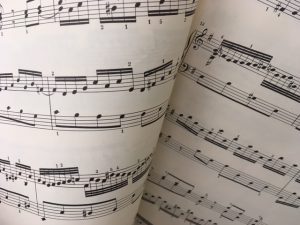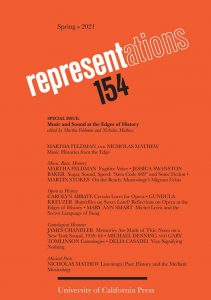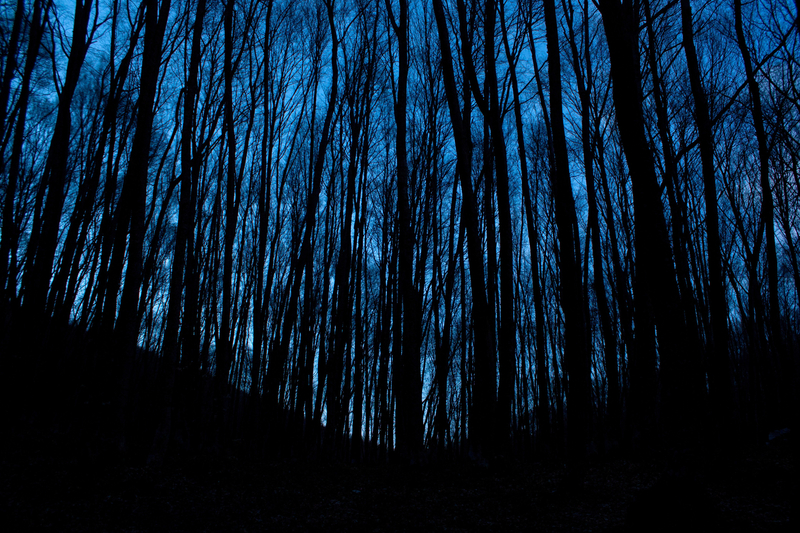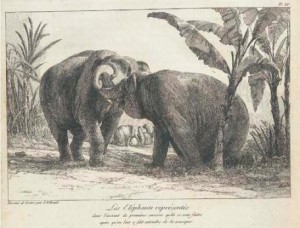Music Histories from the Edge
by Martha Feldman and Nicholas Mathew
available free of charge for a limited time

Feldman and Mathew, guest editors of our just-released special issue “Music and Sound at the Edges of History” introduce the issue:
Lately, across the humanities, historicism in its many guises has been in retreat—a retreat that music studies has in some respects hastened. This collection of essays asks why sound and music appear to induce exhaustion with history and historical method and how a renewed focus on musical practices might motivate fresh histories and novel forms of history writing.
Such questions were the premise of a multidisciplinary Mellon-funded collaboration between Yale University, the University of California at Berkeley, the University of Chicago, and King’s College London that met from 2016 to 2018. Charged with rethinking the relation of music to history, the participants ultimately wondered why scholars, musicological and non-, have so frequently deployed music to disrupt or delimit historical projects—indeed whether music itself tends to elicit or even cause such disruptions and delimitations. The ironies here are patent. Not long ago, musicologists would regularly posit history as the most efficacious cure for what ailed their discipline. The study of music, so it was thought, always risked having its head in the clouds, especially the vapors of German idealism. To write music history was to place music’s feet on secure ground—to resituate, rematerialize, and re-embody in ways that checked the transcendental and formalist tendencies of old. “History,” by this reckoning, also designated a place, one where values are produced, where things are exchanged, where bodies move, where politics is played out. And yet, as many have observed, music has never been an entirely convincing occupant of this place, whose solidity is specious at best. Vibrational, ephemeral, footloose, politically mobile, and semiotically uncertain, music forever raises the specter of old philosophical anxieties—about the relation of the aesthetic to the historical, of sensuous experience to rational knowledge, of political orthodoxies to the undercommons of insurgency and resistance, of the vivid present to the absent past.[ii] Small wonder that so many theories of music’s historicity have treated musics of all kinds as strange and exceptional historical actors, even improbable bearers of special historical insight. “Janis Joplin, Bob Dylan, and Jimi Hendrix say more about the liberatory dream of the 1960s than any theory of crisis,” Jacques Attali once proclaimed.
Given this inheritance, it is not surprising that music studies has been receptive to the postcritical—and to a degree posthistoricist—ethos that has settled on parts of the humanities over the past decade or so. That ethos has entailed a range of aestheticizing impulses, in which immediate sensuous appeal or formal organization are the preconditions of any theory of art’s historical agency or political impact. Even the performative, network-oriented theories of society inspired by Bruno Latour, which some music scholars have strongly endorsed, have to some degree recuperated the art object as a multivalent social actor alongside any number of others. But if such ideas have gained a certain traction in music studies, a still farther-reaching incredulity with history-as-usual has come from those seeking to contest the political ontologies and colonial ideologies of the archive: Paul Gilroy in his account of Black Atlantic diaspora; Fred Moten in his theory of the Black radical tradition; the feminist and queer visions of Latinx and Black futures advanced by the music- and sound-oriented generations of Deborah Vargas, Josh Kun, Kara Keeling, and others, not to mention cognate projects in postcolonial and indigenous studies. These perspectives have challenged conventional notions of history and origins, drawing on the presence and performativity of music to model the disruptively enfolded temporalities and oblique regimes of historicity they wish to theorize. “No originary configuration of attributes but an ongoing shiftiness, a living labor of engendering to be organized in its relation to politico-aesthesis. It’s always going on and has been,” says Moten.
If, under the pressure of these political imperatives, the past has become ever less stable, so too has the music that helped to reconceive it. Sound studies and voice studies, cutting across and through disciplinary boundaries, have in recent years made the very category of music appear both narrow as an object of study and indefensibly colonial—a contingent configuration amid the seemingly more inclusive arenas of sonic practices, vocal utterances, and vibrational experiences. From this perspective, “music” and “voice” designate privileged centers by contrast with lesser peripheries and, accordingly, raise fraught questions about who gets to call what “music” and who and what are demoted to the realm of sound or dismissed as mere noise(making). These subdisciplines frequently seek to disperse sounds into the resonating bodies that have historically produced and mediated them and so seem to promise more materially grounded visions of sonic historicity. Yet they also tend to complicate the very idea of historical situatedness, foregrounding processes of mediation that fold and traverse geographical and chronological distance. Moreover, as music is diffused into the soundscapes, technoscapes, and taskscapes that have newly preoccupied the humanities and social sciences, it begins to trace a transhuman domain that threatens to transcend the ambit of human historicity altogether.
And so the essays in this issue aim to be more than mere experiments in music-fixated forms of historical writing—more, that is, than sonically recalibrated accounts of historical circumstance or epochal transformation in which music (rather than literature or visual art or architecture) plays an unusually prominent role. While remaining chary of inherited claims on behalf of music’s specialness as a vehicle of historical revelation, they ask how musical practices might be thought to instigate and sustain entirely new conceptions of the past and even how musico-critical practices might invoke ontologically broadened notions of music to revise historical thought. Continue reading …
MARTHA FELDMAN is the Edwin A. and Betty L. Bergman Distinguished Service Professor of Music at the University of Chicago. Her books include Opera and Sovereignty (Chicago, 2007), The Castrato (Oakland, 2015), and the coedited The Voice as Something More: Essays toward Materiality (Chicago, 2019). She is now working on a book on castrato phantoms in twentieth-century Rome.
NICHOLAS MATHEW is Professor of Music at the University of California, Berkeley. He is the author of Political Beethoven (Cambridge, 2013) and The Haydn Economy, forthcoming with the University of Chicago Press.

 “Lately, across the humanities, historicism in its many guises has been in retreat—a retreat that music studies has in some respects hastened. This collection of essays asks why sound and music appear to induce exhaustion with history and historical method and how a renewed focus on musical practices might motivate fresh histories and novel forms of history writing.” –from the editors’ introduction
“Lately, across the humanities, historicism in its many guises has been in retreat—a retreat that music studies has in some respects hastened. This collection of essays asks why sound and music appear to induce exhaustion with history and historical method and how a renewed focus on musical practices might motivate fresh histories and novel forms of history writing.” –from the editors’ introduction I had been spending some time in the country there, and on quiet nights with moderate winds I used distinctly to hear long, held tones, which would begin to resemble a deep, subdued organ pipe, then also the vibrations from the ringing of a muffled bell. I often could discern precisely the deep F and the striking C a fifth above it, and often even the E-flat a minor third above that also sounded, so that this piercing seventh chord, in the tones of the deepest lamentations, filled my chest with an innermost penetrating melancholy, and even horror.
I had been spending some time in the country there, and on quiet nights with moderate winds I used distinctly to hear long, held tones, which would begin to resemble a deep, subdued organ pipe, then also the vibrations from the ringing of a muffled bell. I often could discern precisely the deep F and the striking C a fifth above it, and often even the E-flat a minor third above that also sounded, so that this piercing seventh chord, in the tones of the deepest lamentations, filled my chest with an innermost penetrating melancholy, and even horror.

